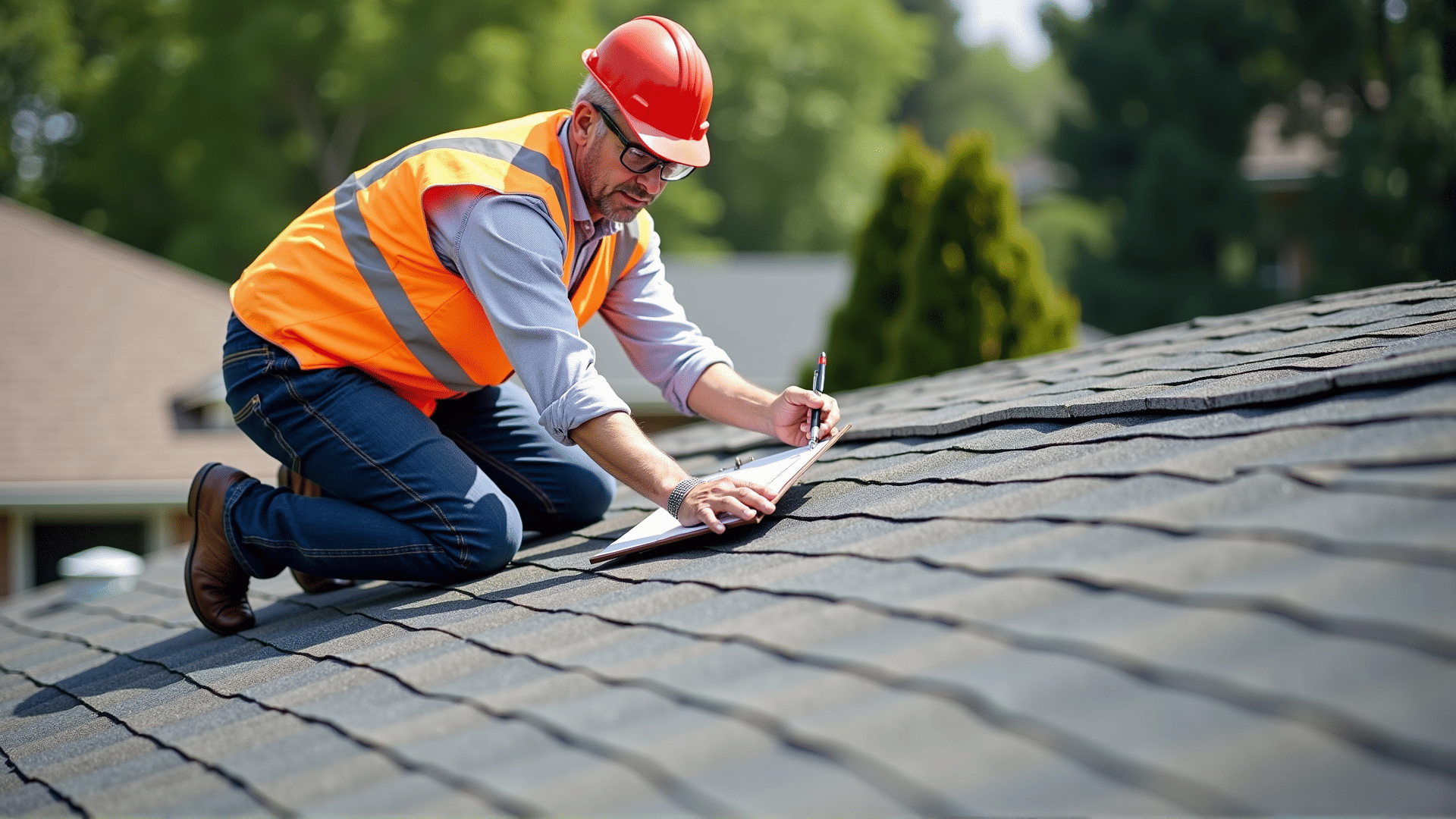When it comes to maintaining your home, the roof often goes unnoticed until a problem arises. However, regular roof inspections are crucial in preventing costly repairs and maintaining the integrity of your home. Spotting red flags during these inspections can save you from extensive damage. Here’s a guide on what to look for during a roof inspection to ensure your roof remains in top condition.
1. Shingle Condition
One of the first things to examine is the condition of your shingles. Look for missing, curled, or cracked shingles, as these are clear indicators that your roof is deteriorating. Shingles that are losing granules can also signal that they are reaching the end of their lifespan. If you notice any of these issues, it might be time to replace the affected shingles to avoid leaks and water damage.
2. Sagging Roof Deck
A sagging roof deck is a serious red flag that suggests structural damage beneath your roof. This could be due to prolonged water exposure, leading to wood rot or damage to the underlying structure. Addressing this issue promptly is vital as it poses structural risks and safety hazards.
3. Water Stains and Leaks
Inside your home, check for water stains on ceilings and walls, which could indicate a leaky roof. Even small leaks can lead to significant problems, such as mold and mildew growth, if left unaddressed. Inspect your attic after a heavy rainstorm for any signs of water intrusion, as this will help pinpoint any issues before they worsen.
4. Flashing and Sealant Issues
The metal flashing around chimneys, vents, and skylights should be intact and properly sealed. Damaged or deteriorating flashing can cause leaks and water damage. Similarly, inspect areas where sealant has been applied, such as around pipes or vents, for cracks or gaps.
5. Moss, Mold, and Algae Growth
While moss and algae growth may seem harmless, they can cause significant damage over time. Moss can retain moisture against your shingles, leading to degradation and increased wear. Meanwhile, mold can compromise both the roof structure and your indoor air quality. Removing moss and algae promptly and ensuring proper ventilation can prevent these issues.
6. Gutter Health
Functional gutters are essential in directing water away from your roof and home. During an inspection, check that gutters are securely attached and free of debris. Sagging, rusting, or gutters pulling away from your home are signs that repairs or replacements are needed. Overflowing gutters can lead to water pooling on your roof, which increases the risk of leaks and water damage.
7. Age of the Roof
Consider the age of your roof as part of your inspection. Most roofs have an average lifespan of 20-30 years, depending on the materials used. If your roof is nearing this age or beyond, it may be time to consider a replacement, even if you haven’t yet experienced significant issues.
8. Drainage Issues
Inspect for proper drainage by checking the downspouts and ensuring they are directing water away from your foundation. Water pooling at the base of your home can be a sign of drainage issues, which can lead to foundation problems if not addressed.
9. Attic Ventilation
Proper attic ventilation is crucial in preventing moisture build-up, which can damage your roof and increase your energy bills. During an inspection, ensure vents are clear and functioning correctly, facilitating airflow to avoid excessive heat and moisture accumulation.
In conclusion, regular roof inspections are an essential part of home maintenance. By keeping an eye out for these critical red flags, you can address potential issues before they become costly repairs and ensure your roof remains sturdy and dependable. If you’re unsure about any aspect of your roof inspection or notice any concerning signs, it’s best to consult a professional for a more thorough evaluation. Remember, a well-maintained roof is key to a safe and secure home.
